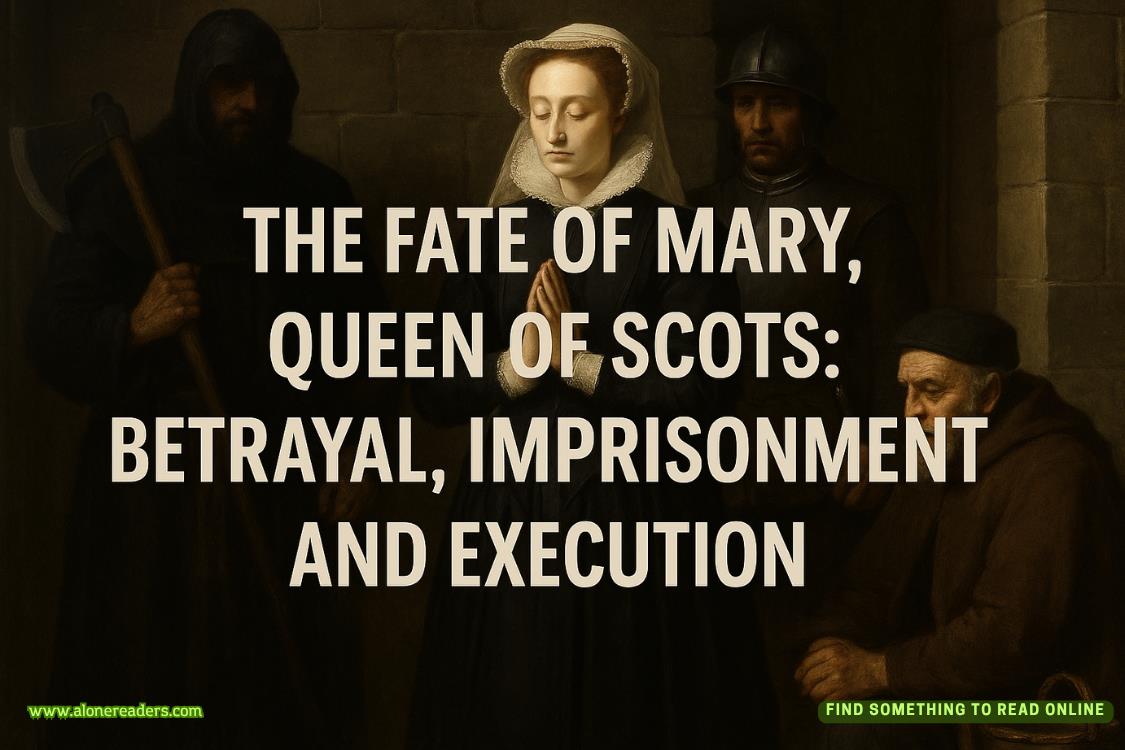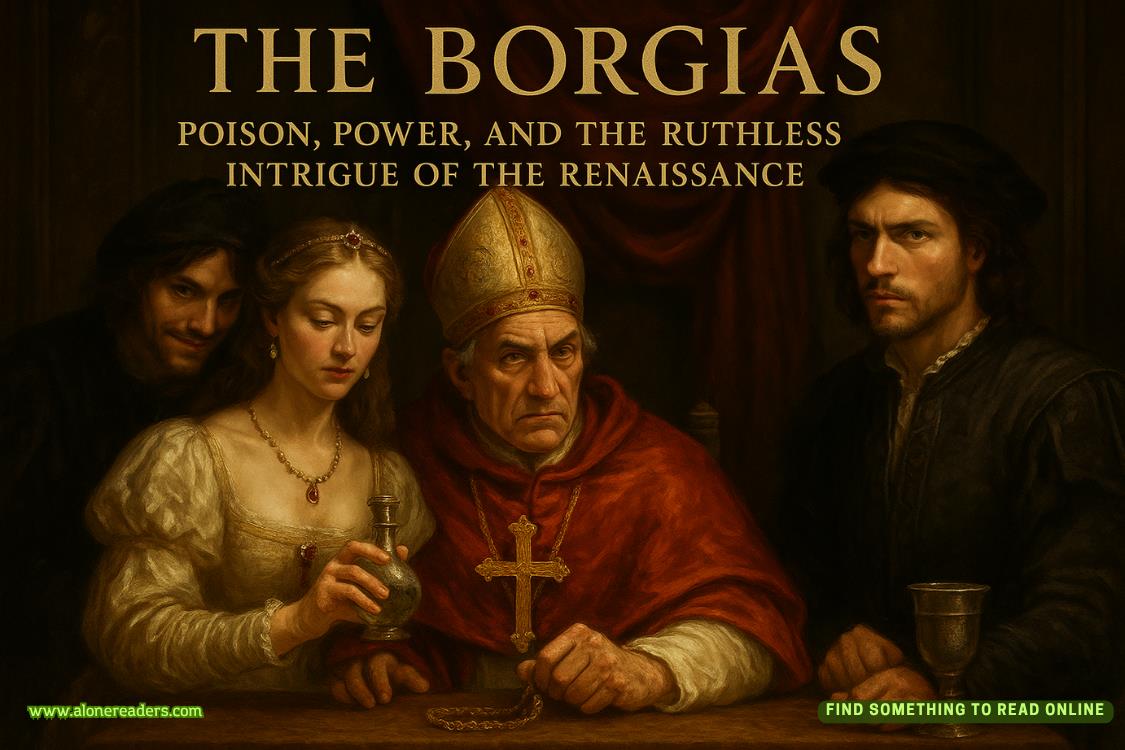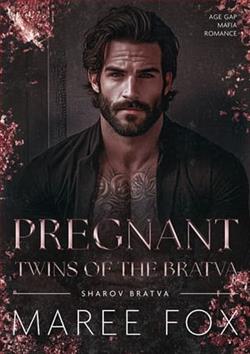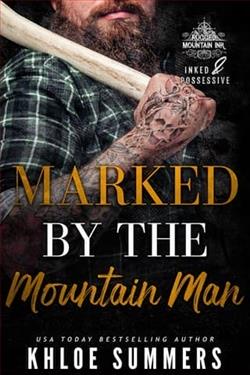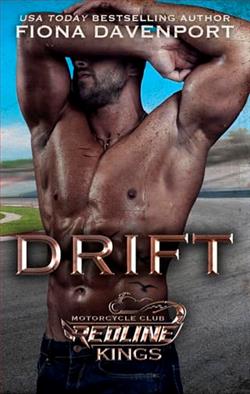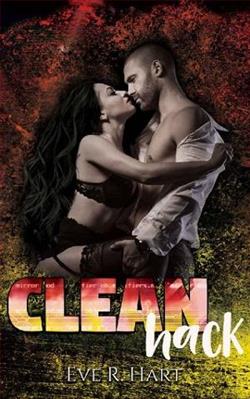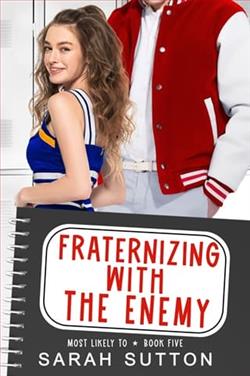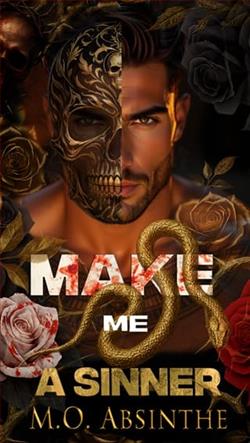Page 1 of Old Money
Chapter One
Iknow we’re there before I open my eyes. I can smell it. Honeysuckle and crushed leaves and humid, summertime woods. It washes through the train car like a woozy fog.
“Briar’s Green, ten minutes,” the conductor bellows, and I sit up. I wasn’t really sleeping anyway.
“Thank you!” calls the girl across the aisle from me—the only other person in here.
The conductor looks up at the girl, confused by this sudden outburst of appreciation. She smiles even bigger. And I just know.
“Oh!” The girl stands halfway, shouting brightly to the conductor again. “It’s this car, right? These doors will open?”
The conductor nods once, then darts a glance at me. I lift my eyebrows half an inch, denying any affiliation with or knowledge of the very chatty twentysomething squirming across the aisle.
She squirms in my direction now, oblivious and beaming.
“It’s a short platform,” she explains. “At the Briar’s Green stop.”
I clock her appearance: fair, lightly freckled skin, a mass of dark curls, cutoffs and a Sarah McLachlan T-shirt (too stiff to be vintage—probably an Etsy knockoff).
“So you have to exit through the front of the train,” she adds. “It’s one of the oldest stations in the country.”
Theoldest, actually. They only replaced the wooden platform with concrete a few years ago, and only because Hurricane Sandy destroyed what was left of the original. They insisted on maintaining its original size, and somehow convinced the transit authority to preserve the old wooden overpass—a creaky, splintered tunnel sitting sixty feet above the busiest train line in North America. I don’t know how many tax dollars went into saving that rickety slice of history, but I’m certain every one of them could’ve been put to better use. School lunches, a bomb, whatever.
“I guess it’s like, why modernize?” the girl continues. “Not a ton oftraincommuters there, right?”
She tilts her head and gives me a knowing look that seems practiced.
“Right,” I say, offering a shallow smile. And then, for some reason, I ask, “Are you from there originally?”
I startle at the sound of my own question, my mouth hanging ajar. God, I’m not even at the station yet, and I’m already talking like them.
“Oh—gosh, no,” says the girl, laughing as though I’ve flattered her, rather than the opposite. “No, I’ve just always wanted to visit. I’mobsessedwith the Briar.”
Bingo.
A chilly prickle breaks out along my forearms, and I turn forward, my brief guilt gone and forgotten. She’s one of them.
***
Briar’s Green was always a destination of sorts. Renowned as both idyllic and elite, the village has long been considered the archetypical Hudson Valley enclave: lush, bucolic and laden with early American history—and just dazzling in the fall. It’s been the subject of countless short stories and rhapsodical poems, and a whole school of ninetheenth-century painters, who came to perch along its stony shore and capture the almost unimaginable grandeur of its vistas. It’s also the place where, twenty years ago,my cousin, Caitlin Dale, was beaten to death by her boyfriend and left floating in a pool.
Almost twenty years ago—it’ll be twenty years next month on July Fourth, 2019. Everyone seems to know that now. For the last decade, I’ve been the oddball who goes somber as July Fourth approaches, showing up to the barbecue with supermarket potato salad and a forced smile that makes everyone ask if I’m feeling okay. I’ve been hurrying home to my apartment at dusk, while the rest of Manhattan floods outward toward the waterfront, angling for a decent view of the fireworks. Nobody remembered that July Fourth was also the day of a once-infamous murder. Or theykindof did, yeah, but—what was her name again? Did that guy ever go to jail?
This year, though, everyone’s an expert on the death of sixteen-year-old Caitlin M. Dale, honor-roll student, and captain of the JV swim team, found face down in the pool of the Horseman Club, where she and her family had been attending the annual party, on the night of July Fourth, 1999. Everyone suddenly “remembered” that Patrick Yates III (son of Senator Whitney Yates, great-grandson of the former vice president) had been accused of murder, and all but allowed to get away with it—not merely cleared of the crime, but never even formally investigated. There was hardly any investigation, period, before police declared Caitlin’s death an accidental drowning, and left it at that. This, despite an eyewitness report of how Patrick Yates had hit and kicked and flung her to the ground until her skull cracked and she stopped moving. Everyone remembers that partnow.
It started back in January, when the podcast came out.The Club Kidwas nothing new—just a rehash of the same story reported, and recounted, and adapted for a miniseries in the first few years after Caitlin’s death. After that it evolved from a scandal into a sad story from the ’90s. There was a brief flurry of lurid memorial coverage around the ten-year anniversary, butfor much of the last decade, Caitlin was just another vaguely tragic white girl, and Patrick was just that trust-fund Yates kid who’d once done something really bad and gotten away with it—awful, sure, but it wasn’t news.
Now, apparently, it’s true crime. That’s how the podcast sold it, repackaging the story into a tailor-made hit for Gen Z cool kids like this girl—too young to remember the actual crime, but old enough to be outraged that it happened in their lifetime. And outraged they were—outraged but infatuated too. Suddenly, the story was everywhere again. Caitlin’s school photo started popping up in the corners of tabloids, and Instagram too. Vloggers and message-board detectives argued theories about Patrick’s motive, and how he got away with it. The oldVanity Fairarticle resurfaced (“A Blue-Blooded Killing in Briar’s Green”) and spread across social media as though it were breaking news instead of a twenty-year-old magazine article. Everyone was suddenly “obsessed” with my hometown—which, by the way, has never been called “the Briar.”
“Wait,” says the girl, seizing back my attention, her face suddenly lit up like a halogen bulb. “Okay, I actually read this inmiddleschool.”
She lifts an urgent finger, turning to rummage in her backpack, then whips back around, clutching the book. She holds it up beside her face, flashing me the cover with a confessional smirk.
I look at it, because I have to, because the only way out of this conversation is through. But of course, I know exactly what it is:A Death on the Hudson, by Gordon Fairchild—the book that turned Caitlin’s death into the juiciest beach read of 2002. This too is having a revival, thanks to all these new—what?Fansof Caitlin’s murder?
She’s got the new edition, with its sharp, artful cover: a moonlit close-up of bare feet walking through a swath of wet, jewel-green grass. The title runs below, in spare black text, sodiscreet it almost disappears into the background. The original cover was glossy white, with a massive, scarlet typeface that oozed down the front. It was hideous, but at least it looked like the exploitative garbage it was. This cover makes it look like fucking Nabokov.
“I know, right? Not exactly appropriate for a twelve-year-old,” the girl says, rolling her eyes. “What a little creep I was.”





